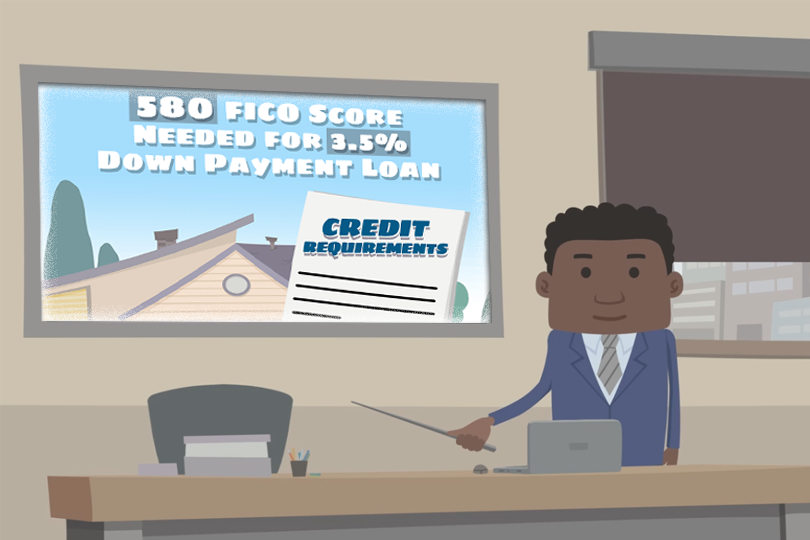Buying a Home and Understanding Your Debt Ratio

If too much of your income goes toward your debt, you may not qualify for a home loan until you can lower what the lender calls your debt-to-income ratio.
But what IS a debt-to-income ratio, and how is it calculated?
Debt-To-Income Ratio Explained
Your debt-to-income ratio, or DTI, is calculated by dividing your total monthly debt by your total monthly income. Note that your NET income is not used for the calculation, but your GROSS income.
Net income is what you take home after all taxes and other deductions. Gross income is the amount you earn before those taxes and other deductions.
The investment website Motley Fool provides a good example of how the math works:
Annual salary of $75,000 per year, divided by 12, for a gross income of $6,250 monthly. Some workers are paid twice monthly, and you can calculate your biweekly gross income by dividing your gross income from the calculation above by two.
The DTI Calculation
One lender’s calculation for DTI assumes $2,000 in monthly expenses versus $6,000 in gross income for a debt-to-income ratio of 33%. You can get that amount by using the following formula:
$2,000 divided by $6,000 = 33%
How Much DTI Is too Much?
That is a more complicated question than you might think because your lender looks at TWO debt ratio calculations. One is called the “front end” DTI, and the other is the “back end” DTI.
Front End DTI is what your lender considers when reviewing your monthly projected mortgage payment to your monthly income. The percentage your mortgage payment takes out of your monthly income is your front-end DTI. Your other debts are not included in this calculation.
Back End DTI combines your projected mortgage payment plus all minimum required monthly debts, including credit cards, student loans, and other debt.
You should not wait for your lender to do these calculations. You want a back-end DTI below 50%, and running the numbers as early as possible may give you a very good idea about how long your planning and saving phase for the mortgage loan may need to be.
------------------------------
RELATED VIDEOS:
Sometimes It Pays to Refinance
Don't Forget Your Closing Checklist
Your Home Loan is Called a Mortgage

Do you know what's on your credit report?
Learn what your score means.







